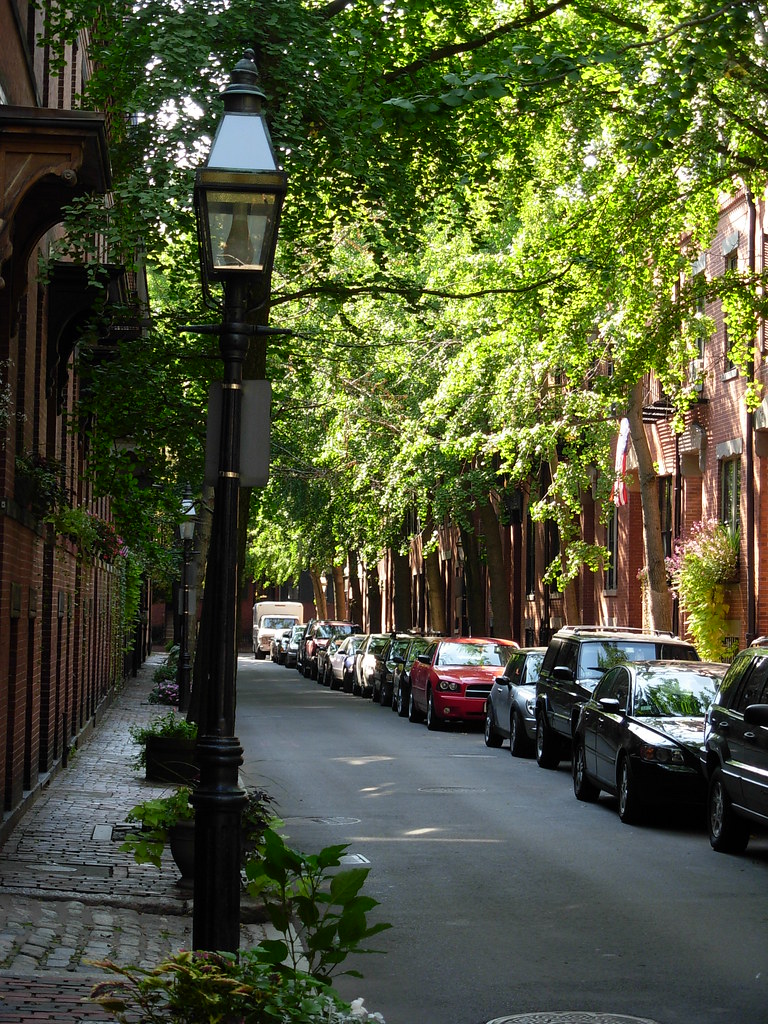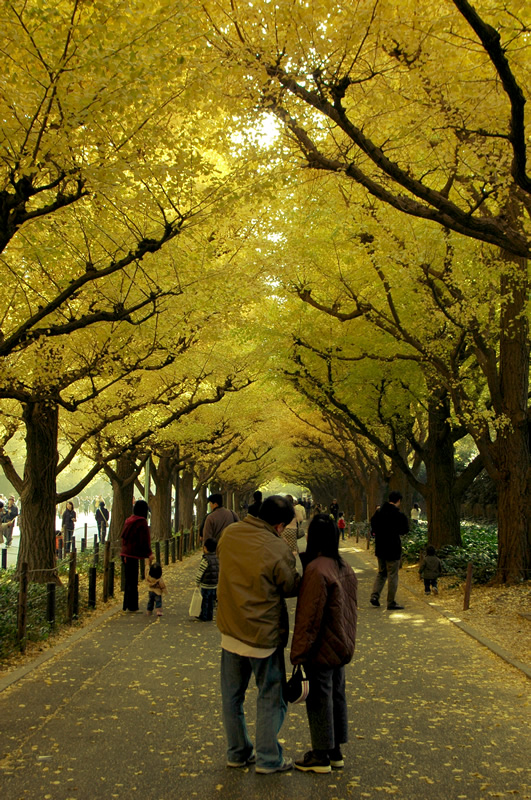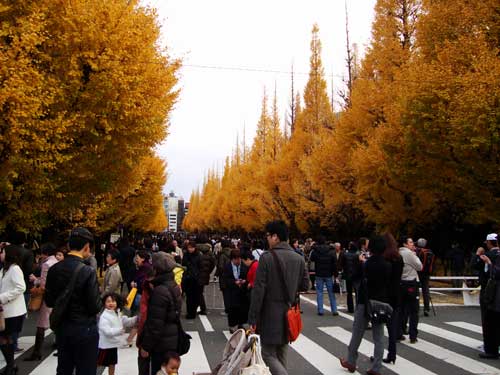Crossroads Initiative Gets Under Way on Broad Street
By Beverly Ford Email this story | Printer-friendly | Reprints
BOSTON-The city is undertaking a major initiative to broaden a dozen Downtown streets to make them more pedestrian friendly and create access to the Rose Fitzgerald Kennedy Greenway and Boston Harbor. Dubbed the Crossroads Initiative, the project is designed to connect neighborhoods once separated by the Central Artery Project and create new ways to navigate the city by widening sidewalks to accommodate seating for outdoor restaurants, upgrading lighting and creating new traffic signs.
Jessica Shumaker, with the Boston Redevelopment Authority, tells GlobeSt.com, ?It will make streets more pedestrian friendly, make Downtown more walkable and create livelier streetscapes,? says Shumaker. Work on the project has already started on Broad Street, where a number of new restaurants and 140 condominium units are expected to transform the street into a new urban oasis with links to the Old State House and the Customs Tower. The Crossroads Initiative is expected to be completed by 2014 and will cost an estimated $55 million.
Other streets are also due for a makeover, including Congress Street, which will include information kiosks, maps and signs to connect visitors in the heart of the Financial District to the Boston Tea Party Ship, the Fort Point Channel, the South Boston Waterfront and the Boston Children?s Museum.
A widened Summer Street will link visitors from the Boston Common and Downtown Crossing to the Financial District, South Station and the Fort Point Channel area, while re-tooled Hanover and Salem streets. In Boston?s North End will better connect that neighborhood to a transformed City Hall Plaza. Grass and trees will replace the plaza?s barren brick environment.
Other streets also due for upgrades are Causeway, New Chardon, State, Oliver and Congress, Essex, Beach and Kneeland. Real estate brokers familiar with the plan said the street upgrades will improve the viability of Boston?s neighborhoods and increase property values.
http://www.globest.com/news/696_696/boston/148639-1.html
I am particularly excited about the revitalization of City Hall Plaza! That will be great, seeing that City Hall Plaza may be the worst public space in Boston.
By Beverly Ford Email this story | Printer-friendly | Reprints
BOSTON-The city is undertaking a major initiative to broaden a dozen Downtown streets to make them more pedestrian friendly and create access to the Rose Fitzgerald Kennedy Greenway and Boston Harbor. Dubbed the Crossroads Initiative, the project is designed to connect neighborhoods once separated by the Central Artery Project and create new ways to navigate the city by widening sidewalks to accommodate seating for outdoor restaurants, upgrading lighting and creating new traffic signs.
Jessica Shumaker, with the Boston Redevelopment Authority, tells GlobeSt.com, ?It will make streets more pedestrian friendly, make Downtown more walkable and create livelier streetscapes,? says Shumaker. Work on the project has already started on Broad Street, where a number of new restaurants and 140 condominium units are expected to transform the street into a new urban oasis with links to the Old State House and the Customs Tower. The Crossroads Initiative is expected to be completed by 2014 and will cost an estimated $55 million.
Other streets are also due for a makeover, including Congress Street, which will include information kiosks, maps and signs to connect visitors in the heart of the Financial District to the Boston Tea Party Ship, the Fort Point Channel, the South Boston Waterfront and the Boston Children?s Museum.
A widened Summer Street will link visitors from the Boston Common and Downtown Crossing to the Financial District, South Station and the Fort Point Channel area, while re-tooled Hanover and Salem streets. In Boston?s North End will better connect that neighborhood to a transformed City Hall Plaza. Grass and trees will replace the plaza?s barren brick environment.
Other streets also due for upgrades are Causeway, New Chardon, State, Oliver and Congress, Essex, Beach and Kneeland. Real estate brokers familiar with the plan said the street upgrades will improve the viability of Boston?s neighborhoods and increase property values.
http://www.globest.com/news/696_696/boston/148639-1.html
I am particularly excited about the revitalization of City Hall Plaza! That will be great, seeing that City Hall Plaza may be the worst public space in Boston.




